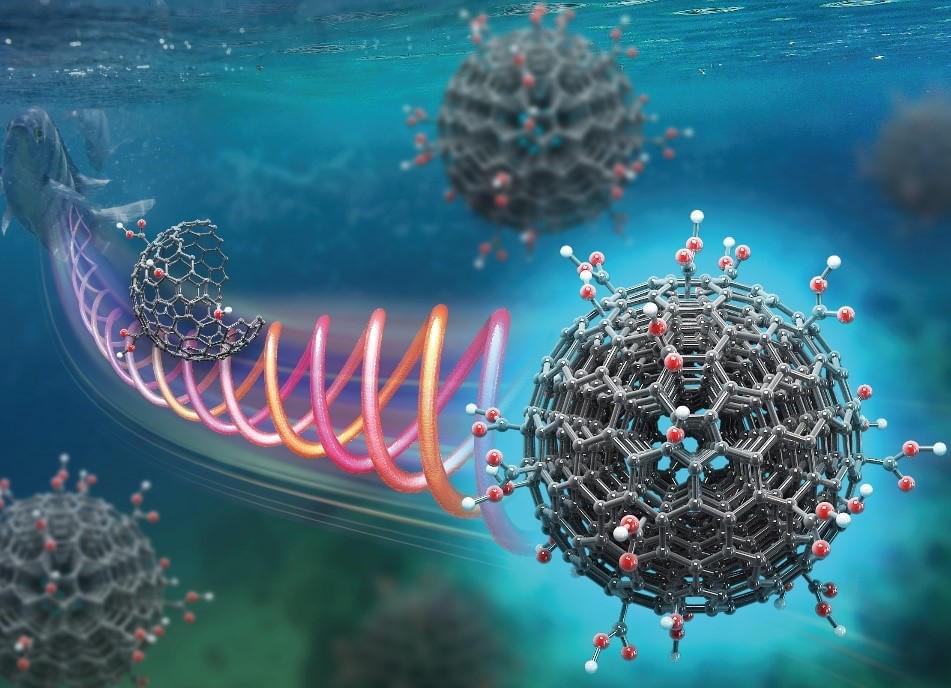This could enable for microgrids for sewage disposal and more lucrative businesses in waste reclaiming through making essentially computers with waste.
A synthesis procedure developed by NITech scientists can convert fish scales obtained from fish waste into a useful carbon-based nanomaterial. Their approach uses microwaves to break the scales down thermally via pyrolysis in less than 10 seconds, yielding carbon nano-onions with unprecedented quality compared with those obtained from conventional methods. Credit: Takashi Shirai from NITech, Japan.
Carbon-based nanomaterials are increasingly being used in electronics, energy conversion and storage, catalysis, and biomedicine due to their low toxicity, chemical stability, and extraordinary electrical and optical properties. CNOs, or carbon nano-onions, are by no means an exception. CNOs, which were first described in 1980, are nanostructures made up of concentric shells of fullerenes that resemble cages inside cages. They have several desired qualities, including a large surface area and high electrical and thermal conductivities.
Unfortunately, there are also significant disadvantages to using conventional methods to produce CNOs. Some call for harsh synthesis conditions, including high temperatures or vacuum, while others demand a great deal of time and energy. While certain methods may get beyond these limitations, they still need complicated catalysts, expensive carbon sources, or potentially hazardous acidic or basic conditions. This severely restricts CNOs’ potential.
